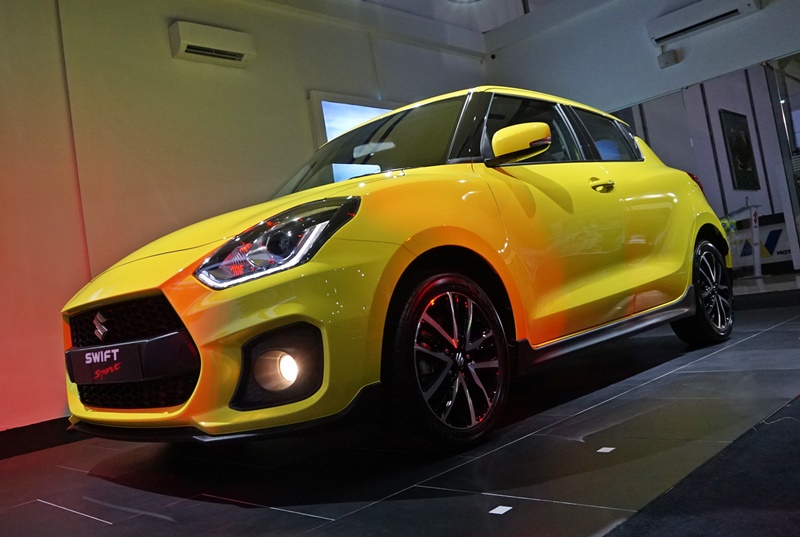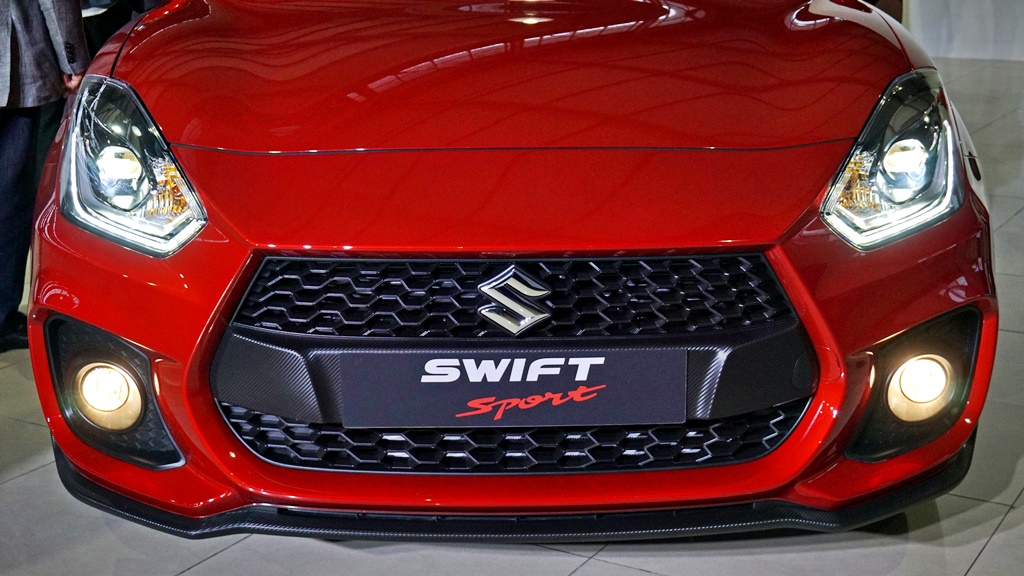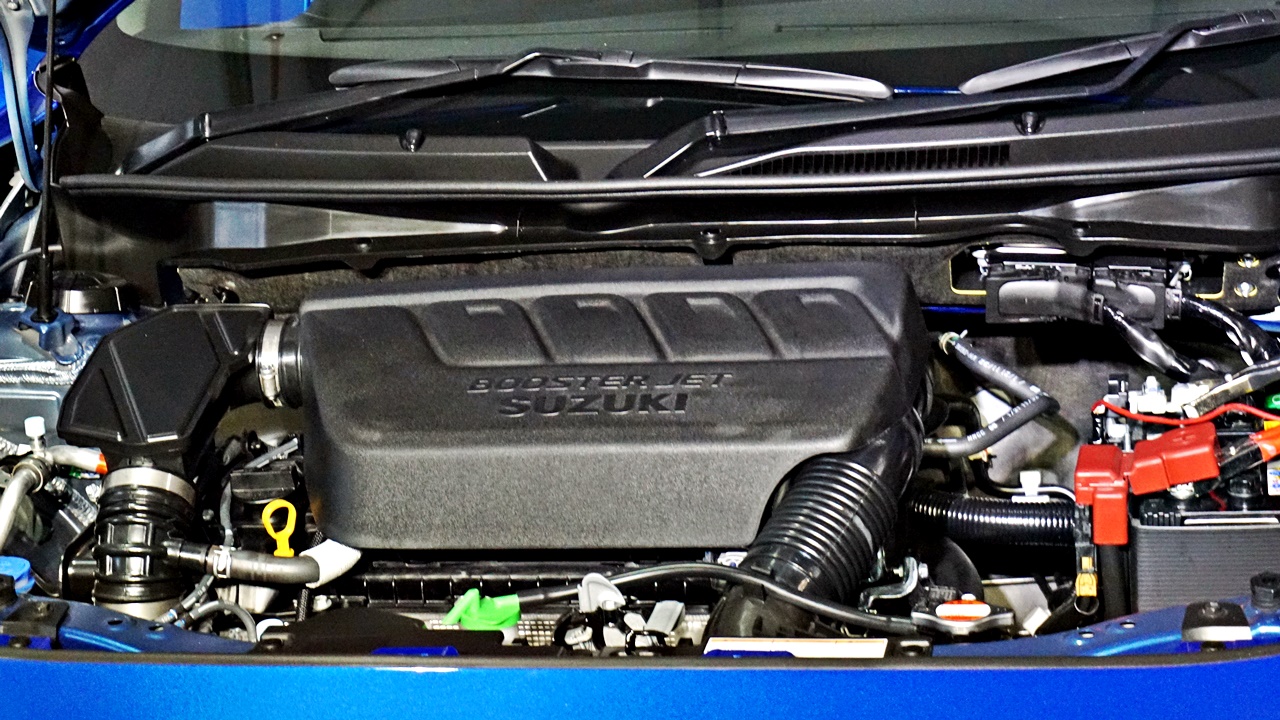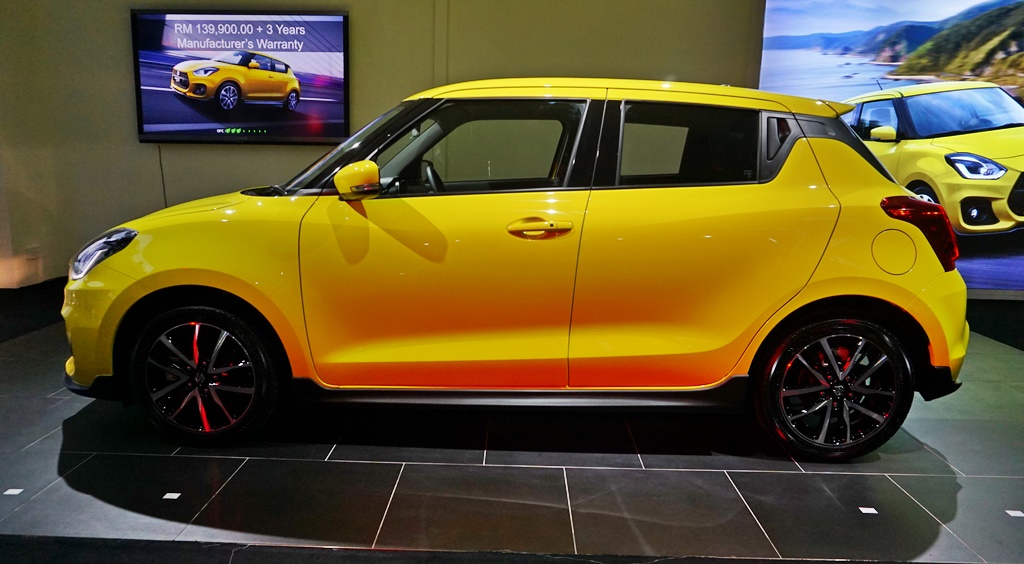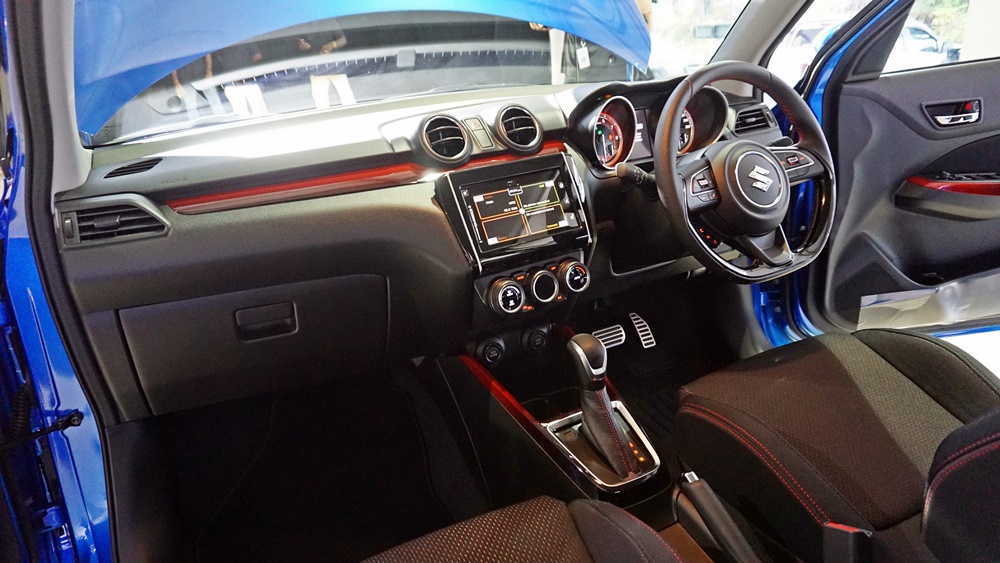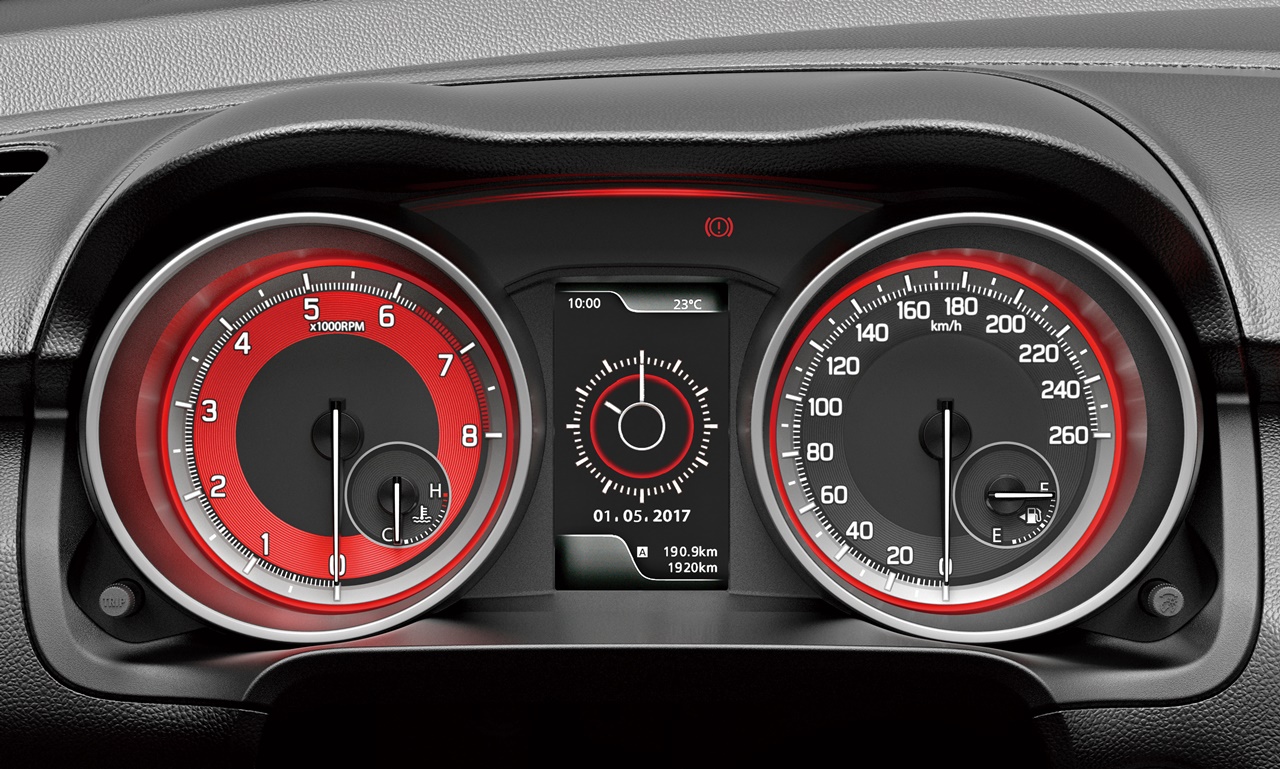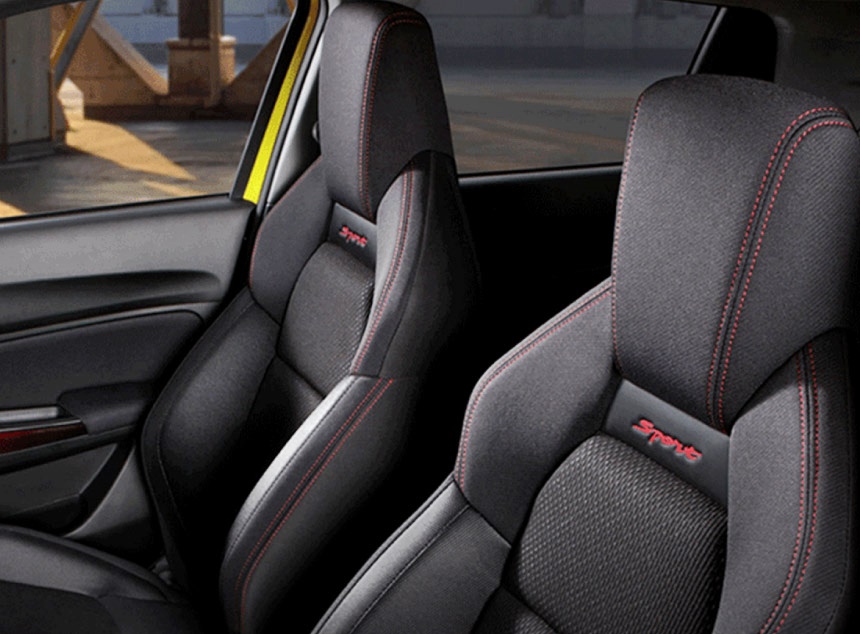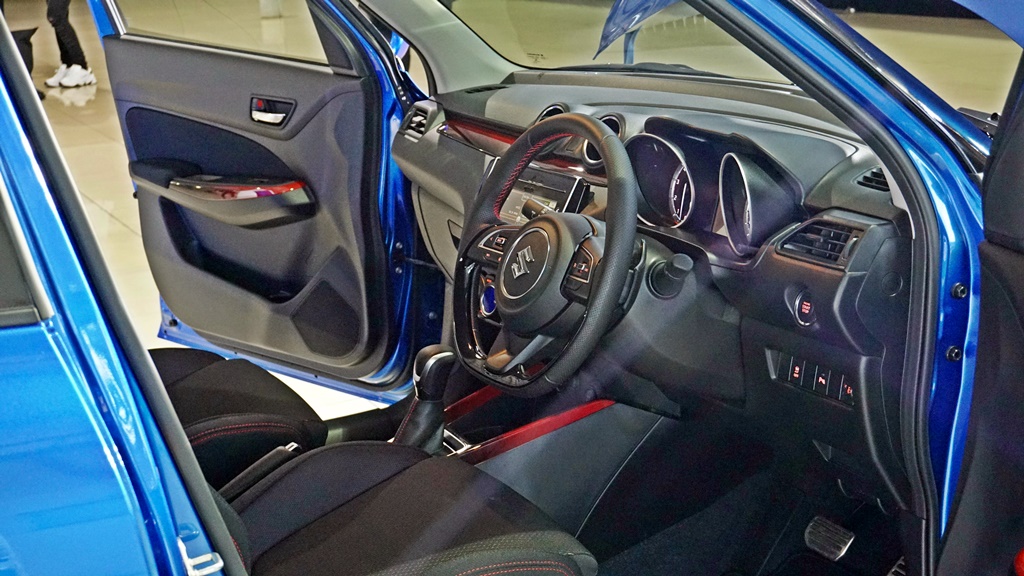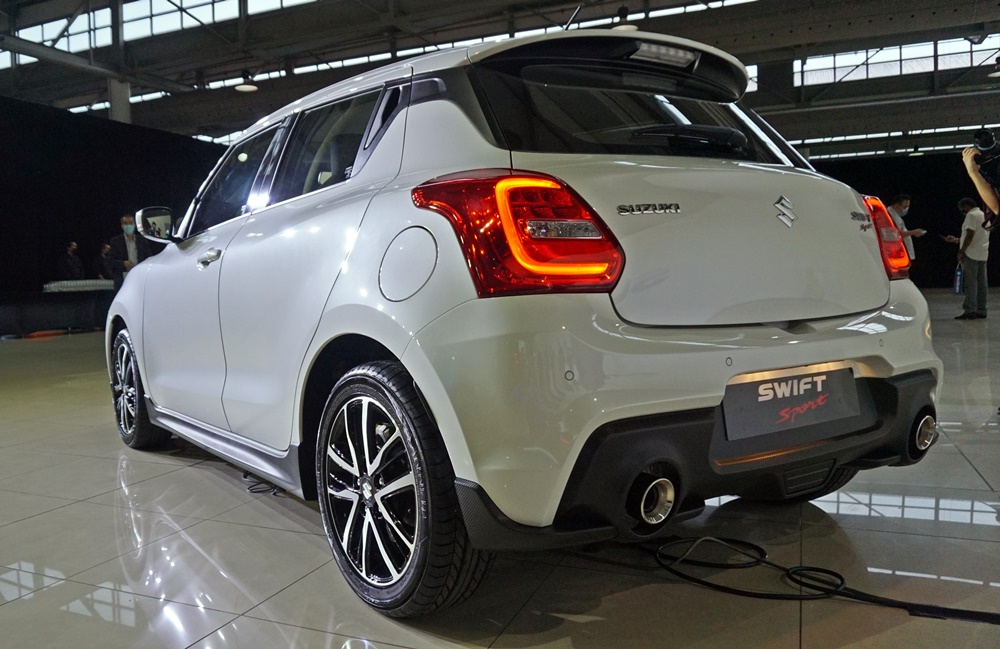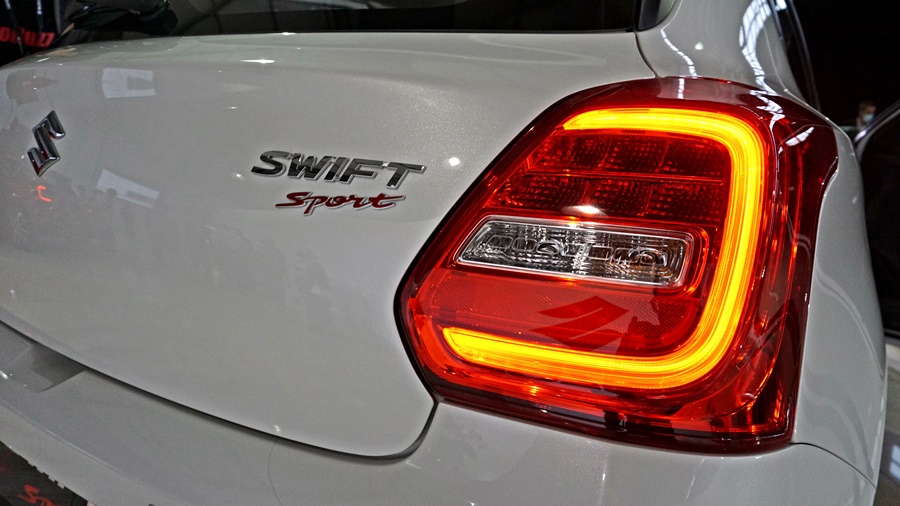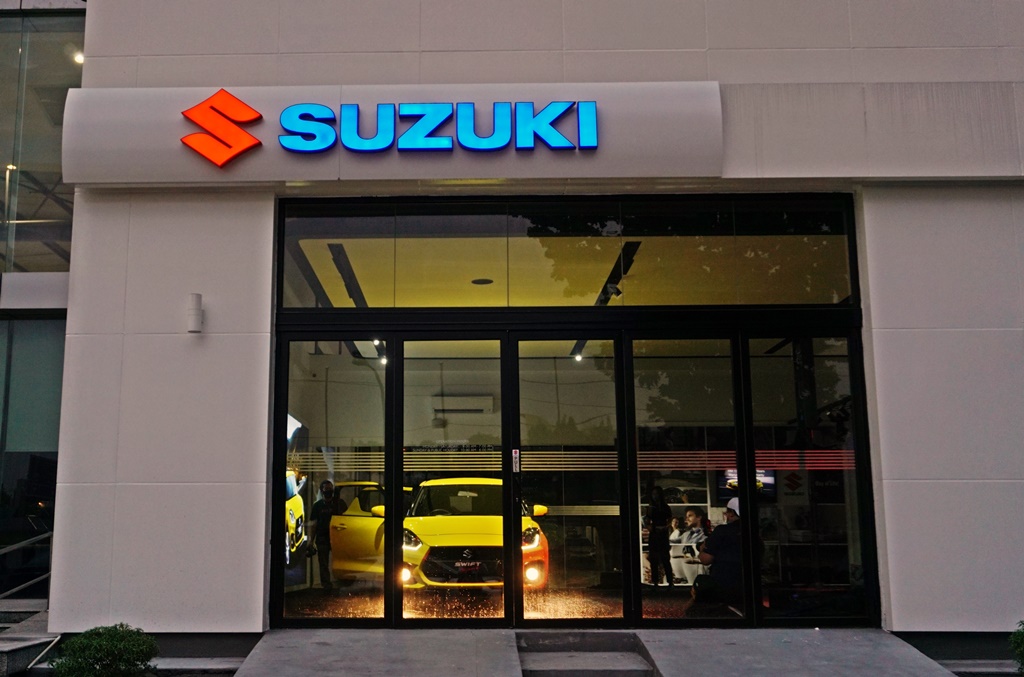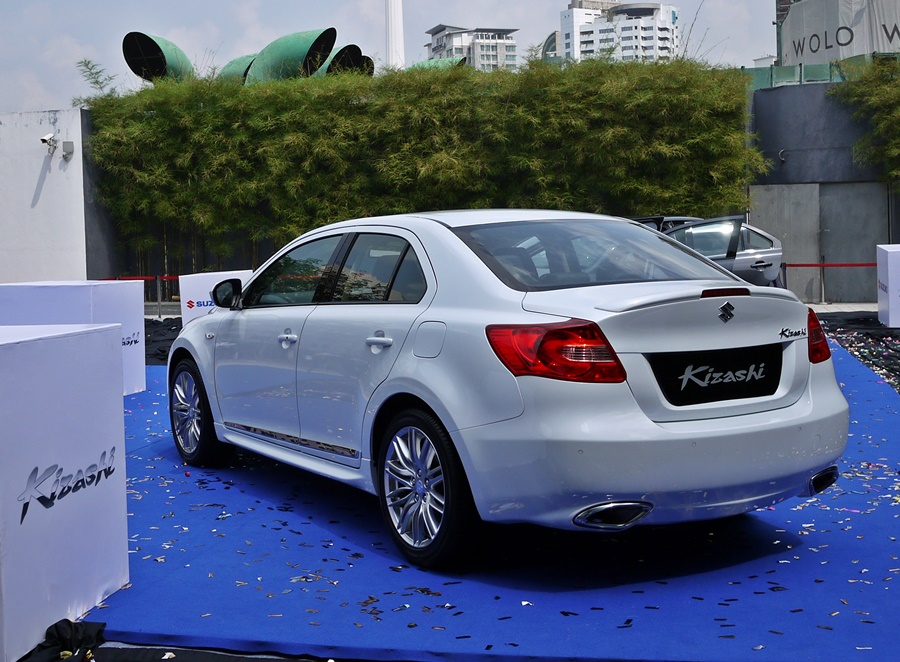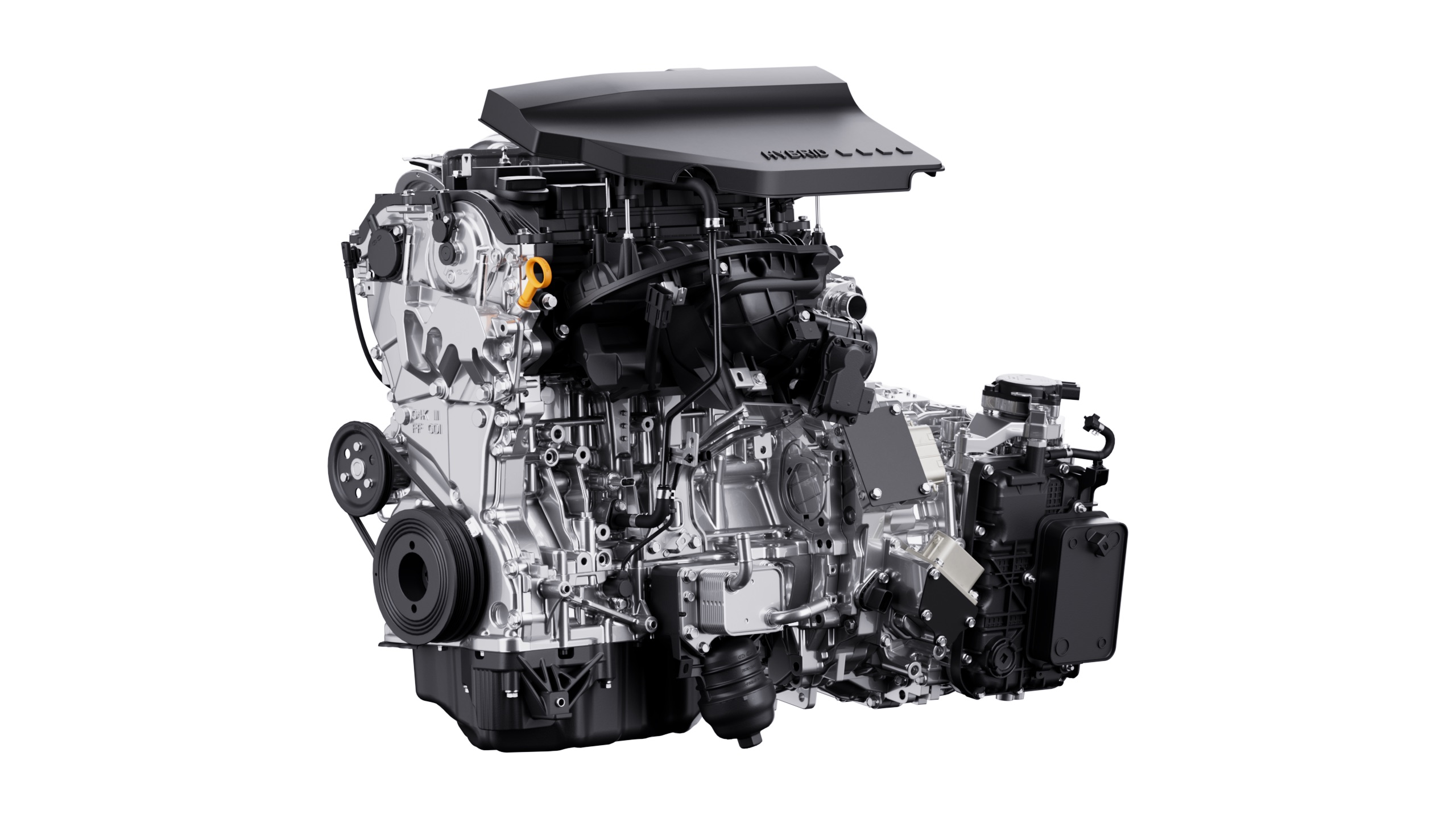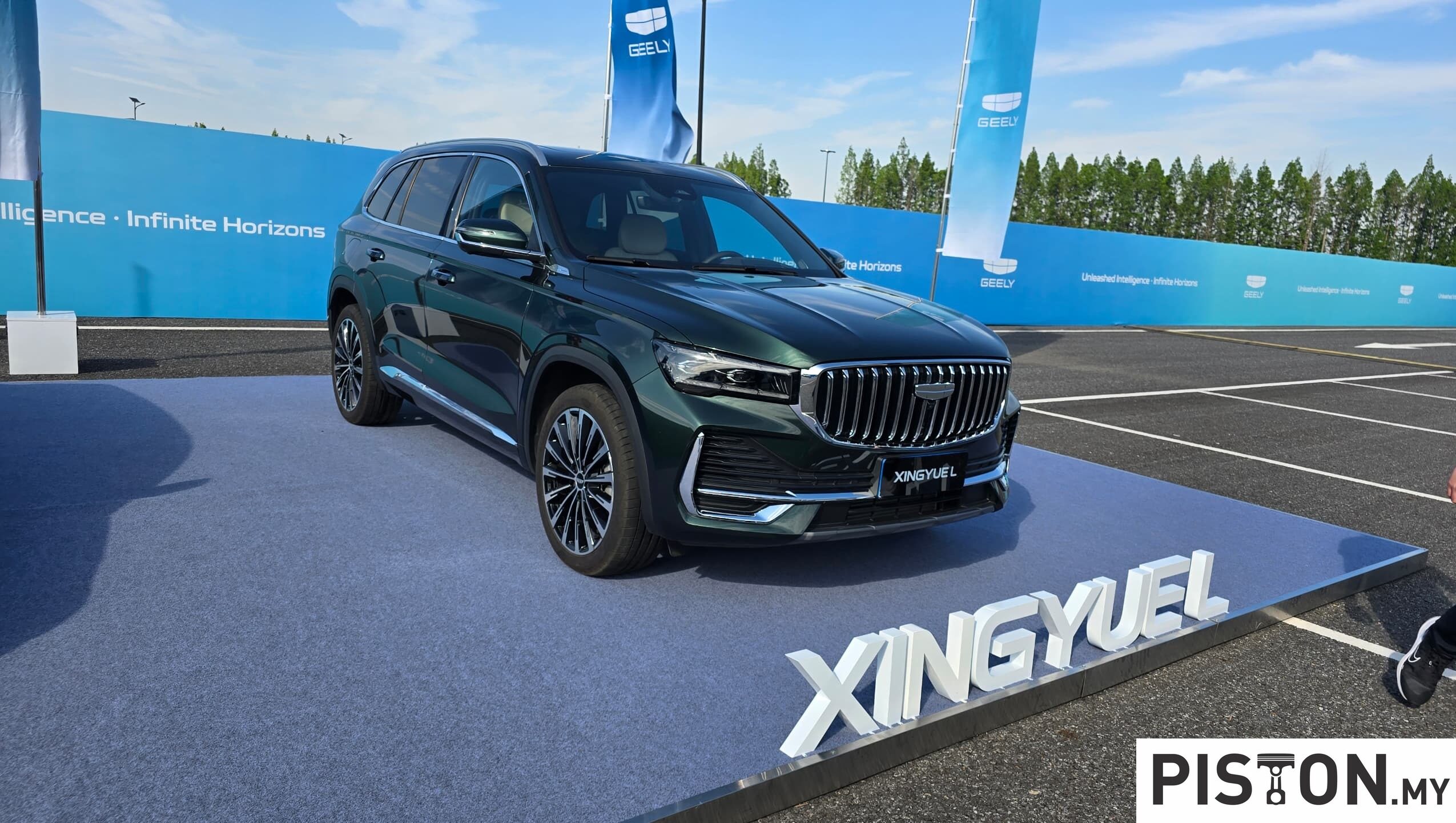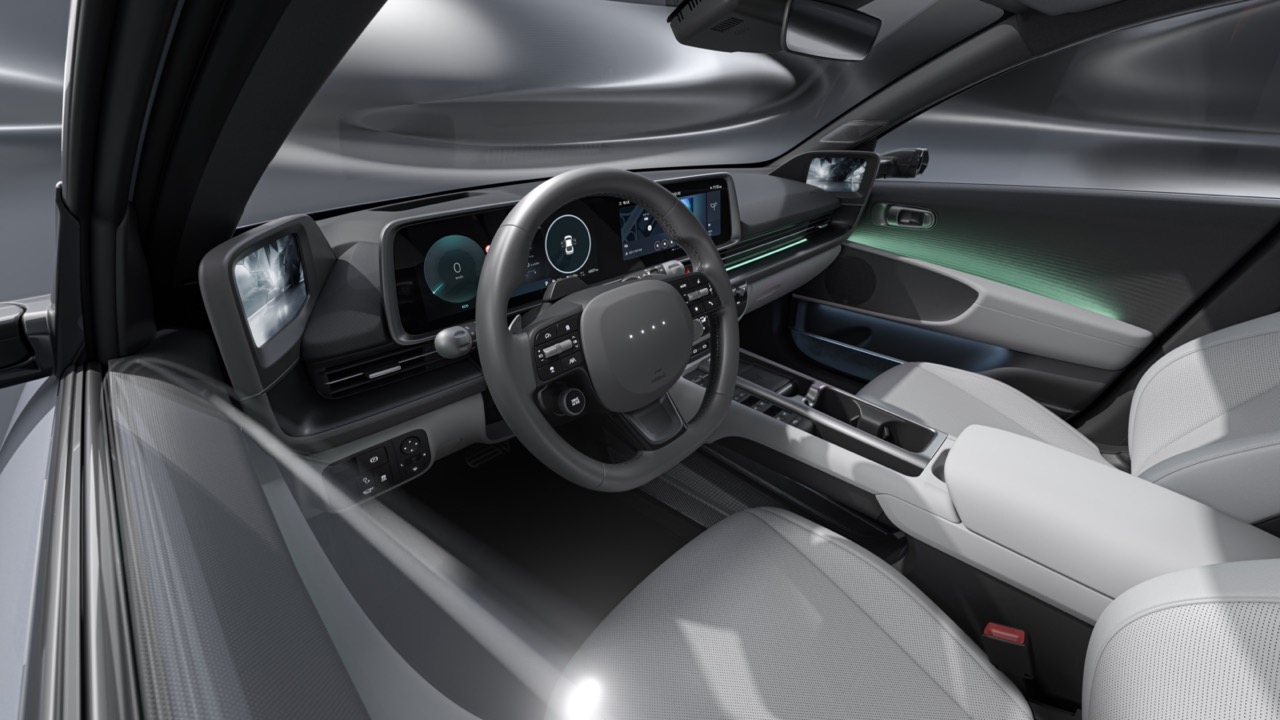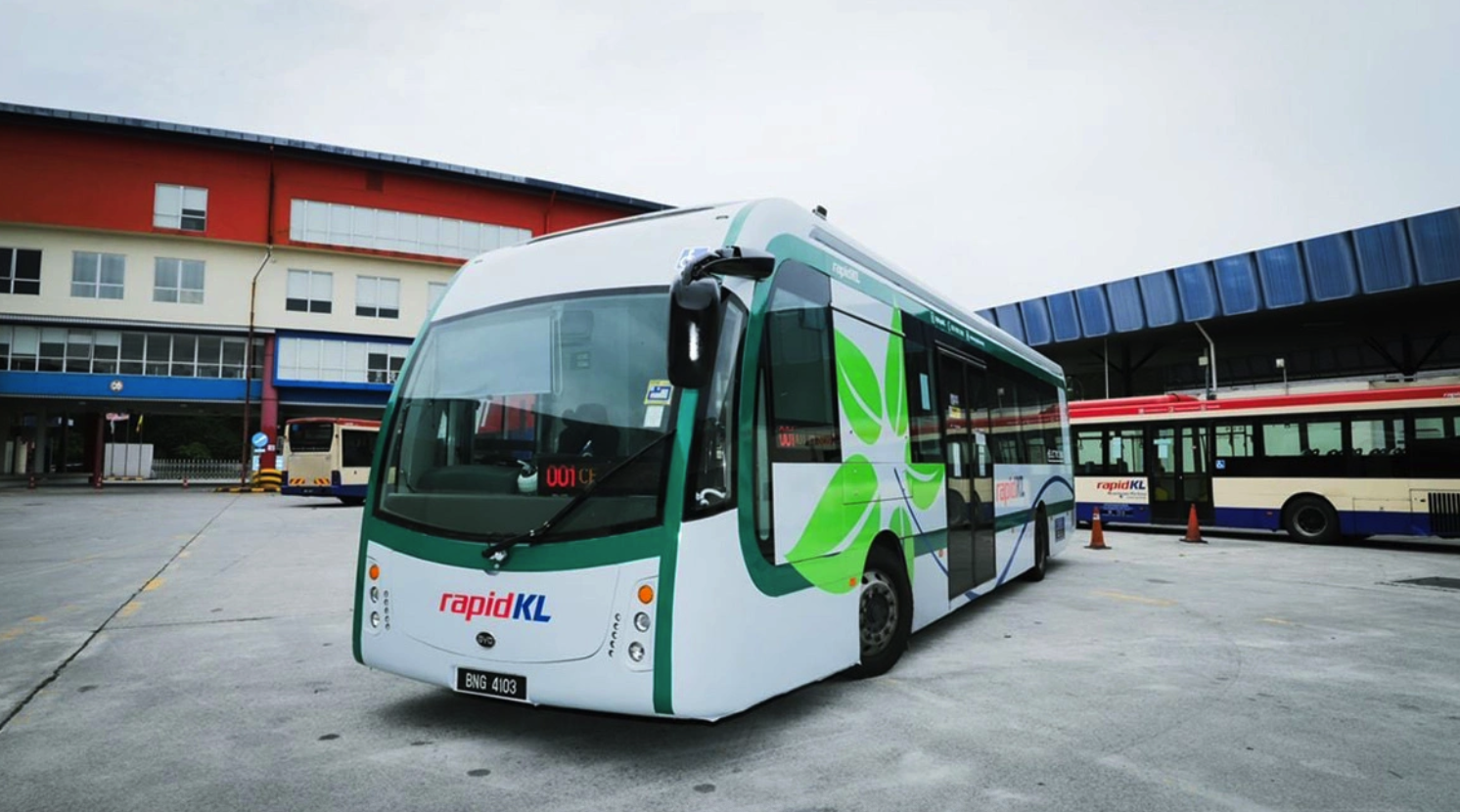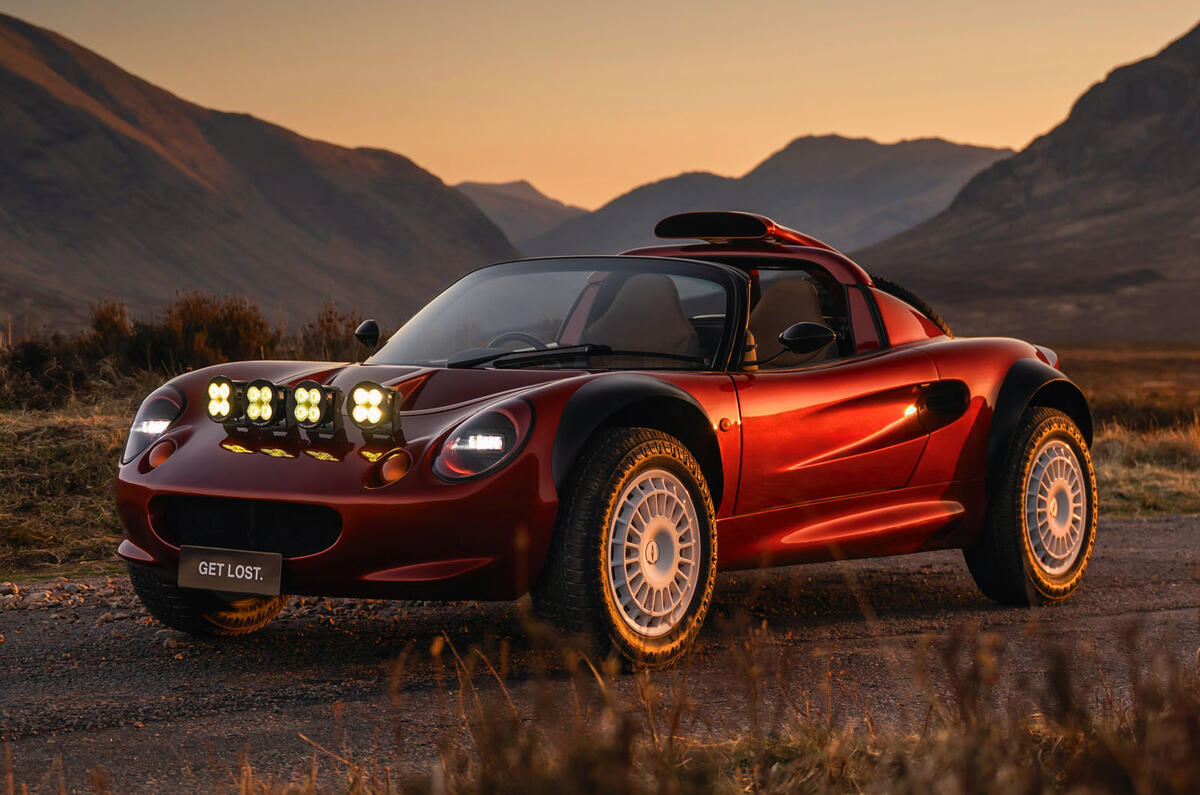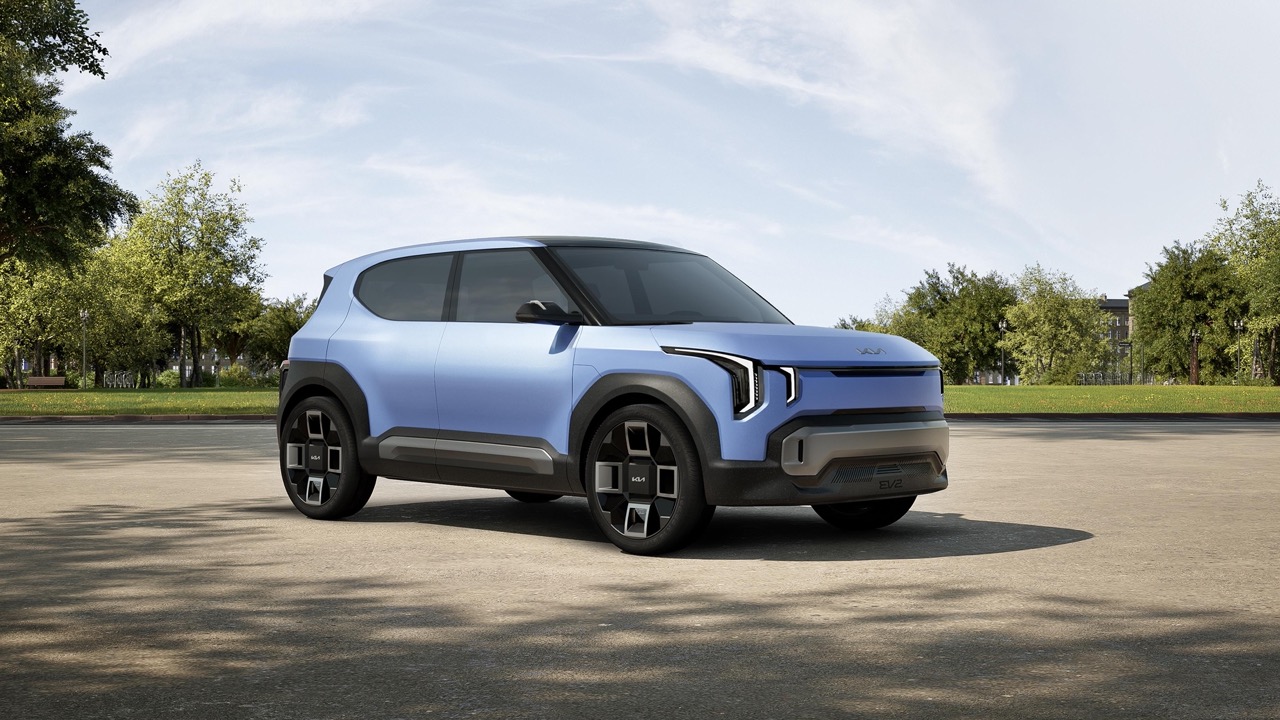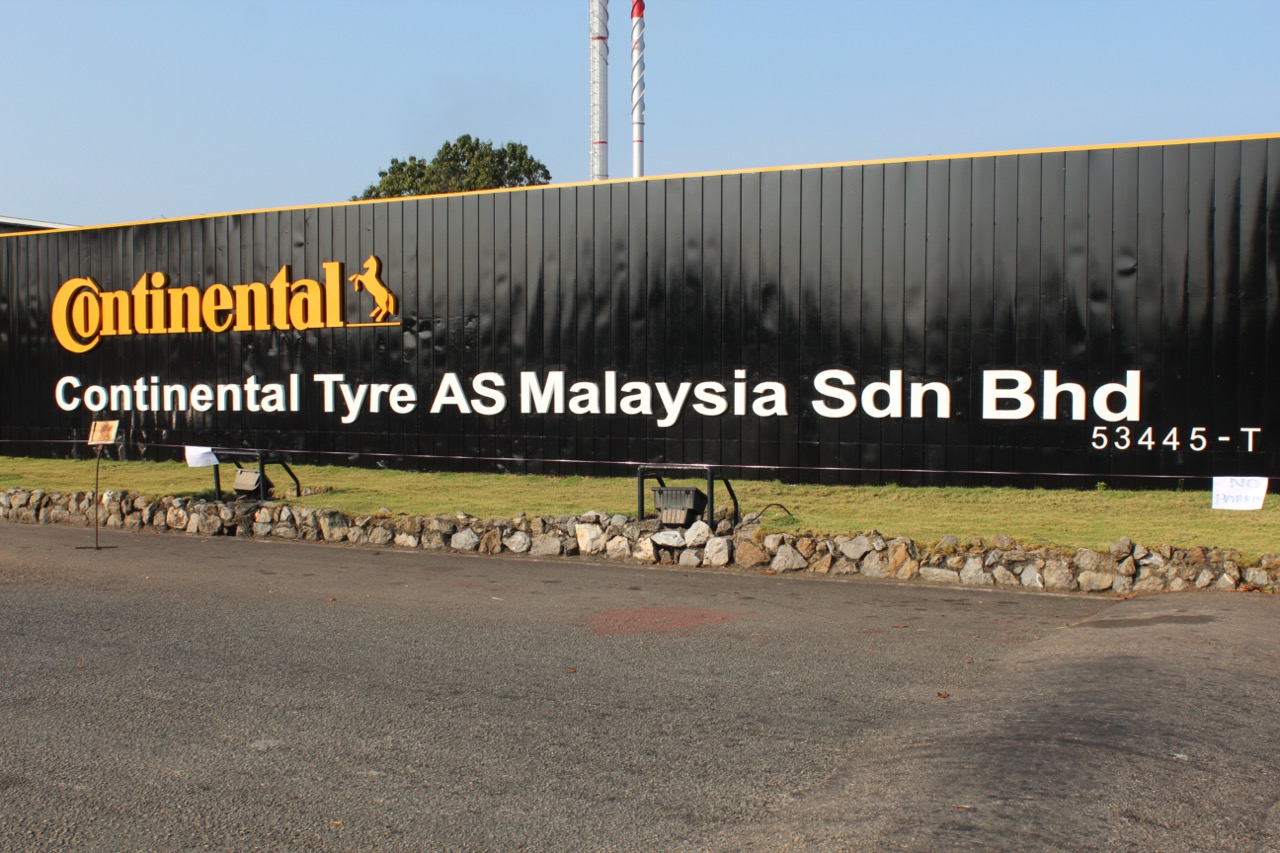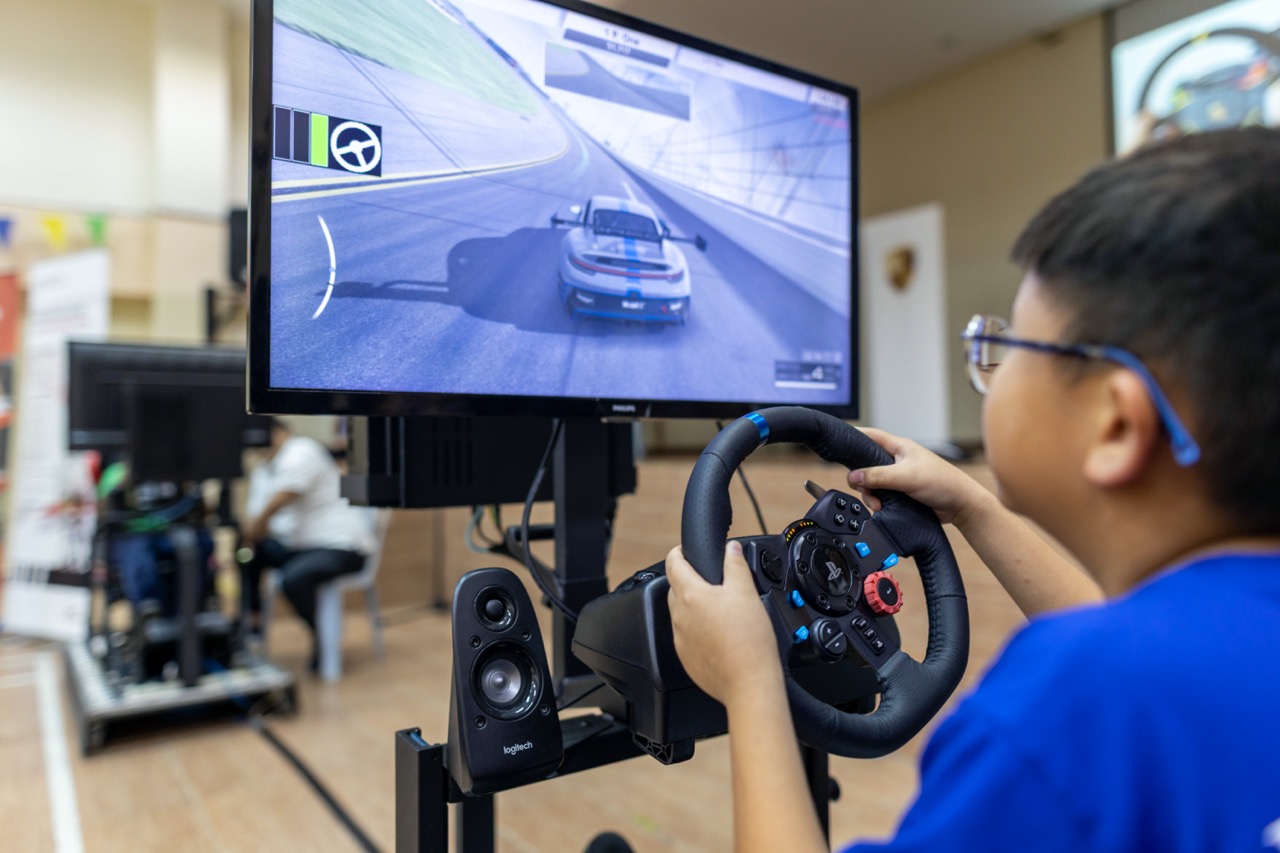When Proton formed a technical tie-up with Suzuki, which led to the creation of the Proton Ertiga, the Japanese carmaker decided to show its support for the partnership (small though it was) by withdrawing from the Malaysian market in 2016. It was the same sort of move made by Mitsubishi Motors some 30 years earlier when it was involved with the Malaysian carmaker. The difference though was that Mitsubishi Motors had a stake in the company and could look at a long-term relationship whereas Suzuki was essentially just providing a product that Proton could adapt quickly.
The move by Suzuki disappointed its customers and fans, which had built up over 10 years. Although not all the products sold well, the brand image was strong. For enthusiasts especially, the Swift Sport was a hot little hatchback that offered zesty performance. Sadly, their favourite brand had abandoned the market and those who did own the cars kept them for as long as possible.
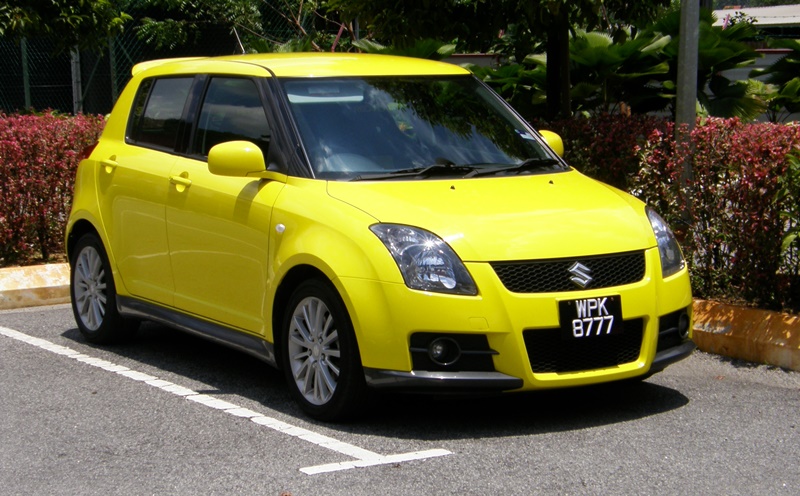
Back with a new distributor
Now Suzuki is back, and it’s doing so through a new distributor – Naza Eastern Motors Sdn Bhd. (NEM) which is part of the Naza Group. Interestingly, although Naza has handled many different brands, it has never had a Japanese brand until now.
Suzuki has a wide range of models, from minicars to hatchbacks to SUVs, all small models. It did try to get into a larger sized market with a model called the Kizashi but never succeeded. The Suzuki model which Malaysians know best is the Swift which was introduced in 2005 when Suzuki Malaysia began operations.
Times have changed and while the plain vanilla Swift was popular back then, the market is filled with many more competitors today so NEM has decided to import just the Swift Sport, at least for now. This variant is the more iconic one and will surely have many who are eagerly waiting to get one.
Priced from RM139,900 (excluding insurance), the new Swift Sport is from the latest third generation with a 1.4-litre BOOSTERJET engine. Like many small engines today, this engine has direct fuel injection and turbocharging with intercooling which pushes output up to 140 bhp/230 Nm. The dual variable valve timing is electrically operated on the intake side but has hydraulic operation on the exhaust side.
During development, Suzuki’s engineers virtually eliminated the typical delay in power delivery (turbo lag) by attaching the compact turbocharger directly to the cylinder head as well as incorporating the exhaust manifold into the cylinder head casting. This design ensures optimum gas flow with minimal heat loss through to the turbo unit.
No manual transmission
The power goes to the front wheels through a 6-speed automatic transmission which will disappoint enthusiasts. One of the strong attractions of the previous generations was that they were available (in Malaysia) with manual transmissions. This was at a time when companies were beginning to discontinue manual variants of their models due to diminishing demand.
It is likely that NEM did some market studies and found that the volume potential was higher for an automatic transmission variant than for a manual transmission. They could listen to a limited group of enthusiasts who might tell them ‘everyone who buys a Swift Sport will want a manual’ but the reality today is that most people are satisfied with an automatic. At least it’s not a CVT…
With the automatic transmission, the car is claimed to be able to do 0 to 100 km/h in 8 seconds and reach a top speed of 205 km/h. If you don’t drive with the pedal floored most of the time, you could get 16.4 kms per litre and we learnt that, unlike the previous 1.5-litre engine, this new one can deliver 100% of the rated output with RON95 petrol. The previous engine was apparently tuned to give its maximum output with RON98 which we do not have, and with RON97, dyno testing showed that the output was 1 bhp less.
While the suspension layout is fairly straightforward, careful tuning has been done to give greater driving stability, optimised roll rigidity, and improved dynamic response. The rear suspension was specially designed to ensure good high speed stability and the trailing arm was developed exclusively for the Swift Sport to minimise deformation during cornering. The rigidity of the torsion beam is also tuned to provide optimal roll stiffness.
Suzuki engineers developed a new platform called ‘HEARTECT’ which is said to provide enhanced fundamental vehicle performance due to being light and highly rigid. The underbody’s structure and component layout are incorporated in a highly rigid frame that resists distortion while also dissipating impact energy. More welds are used to increase structural rigidity of the body.
Swift design DNA retained
While the technical aspects have changed significantly since the last time Malaysians had a Swift Sport to buy (officially), the design retains a familiar form that can be traced all the way back to the Concept S of 2004. That shape has evolved over the years but remains recognisable as a Swift. For the Swift Sport, the appearance is more expressive, in keeping with the sport image.

Black-out roof pillars give the impression of a ‘floating’ roof while dark trim running along the lower sides establishes a low centre of gravity. The handles for the rear doors are up on the roof pillar, an idea which is not unique nor new as it can be found on some other models. It gives a cleaner look to the door panel though some people will get confused not seeing a handle in the usual place.
Sporty cabin
As would be expected, the Swift Sport’s cabin has a sporty flavour with semi bucket front seats that should hug the body well to keep it in place during the spirited driving which an owner is bound to indulge in. The seats have tubular frames set within the side supports of both the seatback and seat base cushion with urethane pads for additional support.
The dashboard has a rather ‘classic’ layout, somewhat different from most of today’s cars. It’s functional with a basic tone of black to create a high contrast interior space. For added sport appeal, the tachometer features a red dial face and the speedometer is coloured silver. A digital multimedia info display between the meters shows, among other things real-time engine output (bhp and Nm), g-forces and turbo boost.
The 3-spoke leather-wrapped steering wheel, with red stitching, multi-function switches and paddle shifters, has a D-shaped design with a flat bottom, a feature usually found in sportscars.
The ventilation controls are in the form of large rotary knobs which will be appreciated by drivers as you don’t have to look down at them to make adjustments. Above the knobs is a 7-inch colour touchscreen for the infotainment system which has Apple CarPlay, Android Auto and MirrorLink for connectivity.
The Swift Sport has Suzuki‘s Total Effective Control Technology (TECT) for collision safety. This makes use of collapsible structures that absorb impact energy in the event of a collision, a frame structure that effectively disperses impact energy, and rigid cabin structure. Six airbags are provided for cushioning at the front and sides.
No driver-assist systems
While we usually read of driver-assistance active safety systems in almost every new model launched today, NEM doesn’t mention this in its materials. This is not to say that the model was developed without such systems as the Swift Sport sold in other markets does have a camera and radar which detect hazards and active systems that will give autonomous emergency braking.
Nevertheless, there is ABS with Brake Assist and Electronic Stability Program which no car should be without today. There’s also cruise control which is the basic type as it cannot be adaptive without a camera or radar.
As the official distributors, NEM will of course provide all the necessary aftersales support and has one 3S service centre in operation with immediate effect. Presumably, they will have a network in due course and will also provide services to those who already own a Suzuki.
Click here for a Swift Sport brochure.





